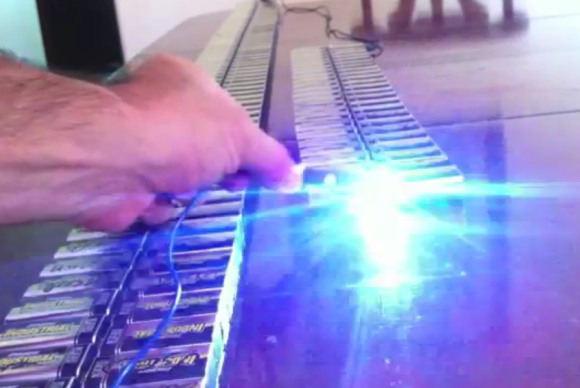While it’s the easiest way to lay out a simple circuit for prototyping, breadboards are a pain. They are the ultimate kludge; they work well enough, but no one will ever say that a solderless breadboard is the most elegant solution.
[Mahesh] isn’t completely fixing the problems of solderless breadboards, but he has come up with a better way to supply power to breadboards. It’s a project called snapVCC, and it turns a 9 volt battery into a regulated 3.3 or 5 volt supply.
The idea behind snapVCC is simple enough; just add a circuit board to the top of a nine volt and add a voltage regulator. [Mahesh] is using an LM317 adjustable regulator, with a switch to change the output voltage from 3.3 to 5 volts. An LED indicates the output active, and another switch disconnects the battery from the circuit. Yes, it’s very simple and very useful, confounding everyone who is wondering why this project didn’t already exist.
















